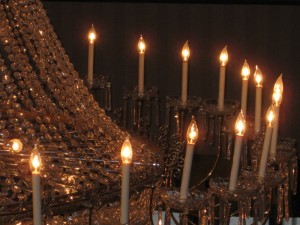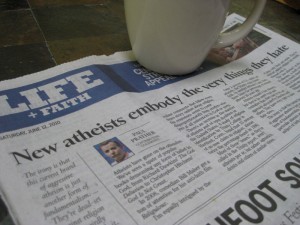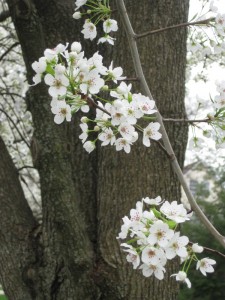We’ve reached the Winter Solstice, shortest day of the year in the Northern hemisphere, bookended by the longest nights. Oh my. Last night brought a lunar eclipse as well, though the heavy cloud cover discouraged me from getting up in the middle of the night to watch.
I’ve observed other eclipses of the moon, fascinated to see the shining orb slowly overtaken by shadow. In spite of understanding the phenomenon, it’s an emotional experience to see it happen. There is a kind of visceral drama in its disappearance and the wait for that first sliver of its return.
The eclipse is similar to the drama of the winter solstice, but in condensed form. The light slowly disappears and we anxiously await its return. As with every kind of darkness, we need the gift of faith and the reassurance of ritual to make it through.
The sun at its farthest point from us, the winter just beginning, we have a long way to go. For the most part we accept the rhythm of the seasons, adjust to the routines shaped by shorter days and longer nights. And in celebrating the completion of these longest nights we know that this, too, shall pass.
The light returns incrementally, but the cumulative effect of those small changes transforms the seasons. Tomorrow the earth and sun begin their course toward summer—a marvelously hopeful thought, however long the journey may be.
It has me thinking of the power of committing to steady movement in a particular direction over time. Apparently it’s natural to remember that this time of year. The rebirth of the sun through the Winter Solstice, the rebirth of divinely inspired possibilities for human life through Christmas, the rebirth of the year and all that it contains through New Year’s—the idea of renewal is a thread weaving through all these holidays. Here in the dark of winter is energy toward rebirth. Hallelujah!
What kinds of new possibilities might be germinating in the dark?









